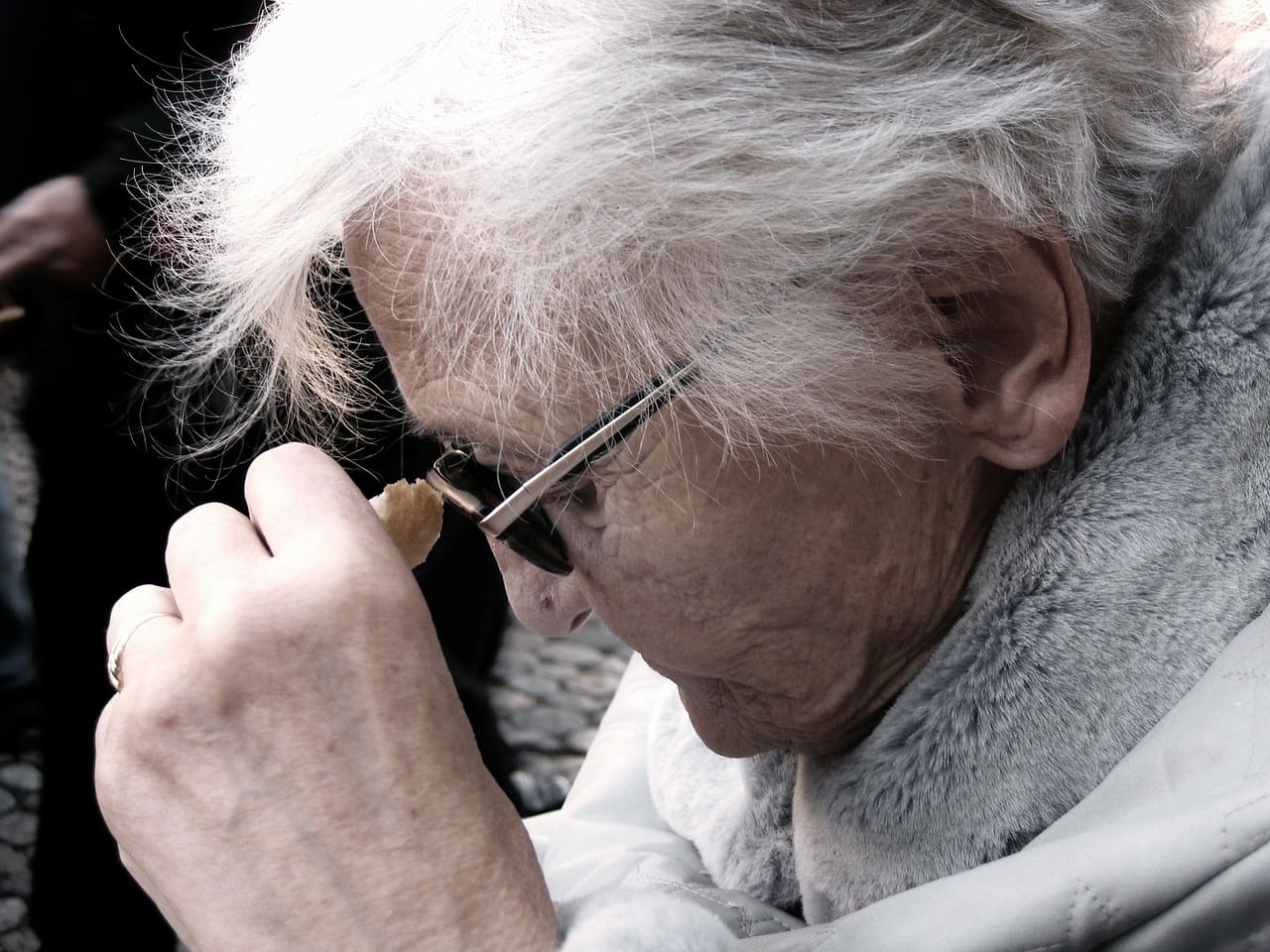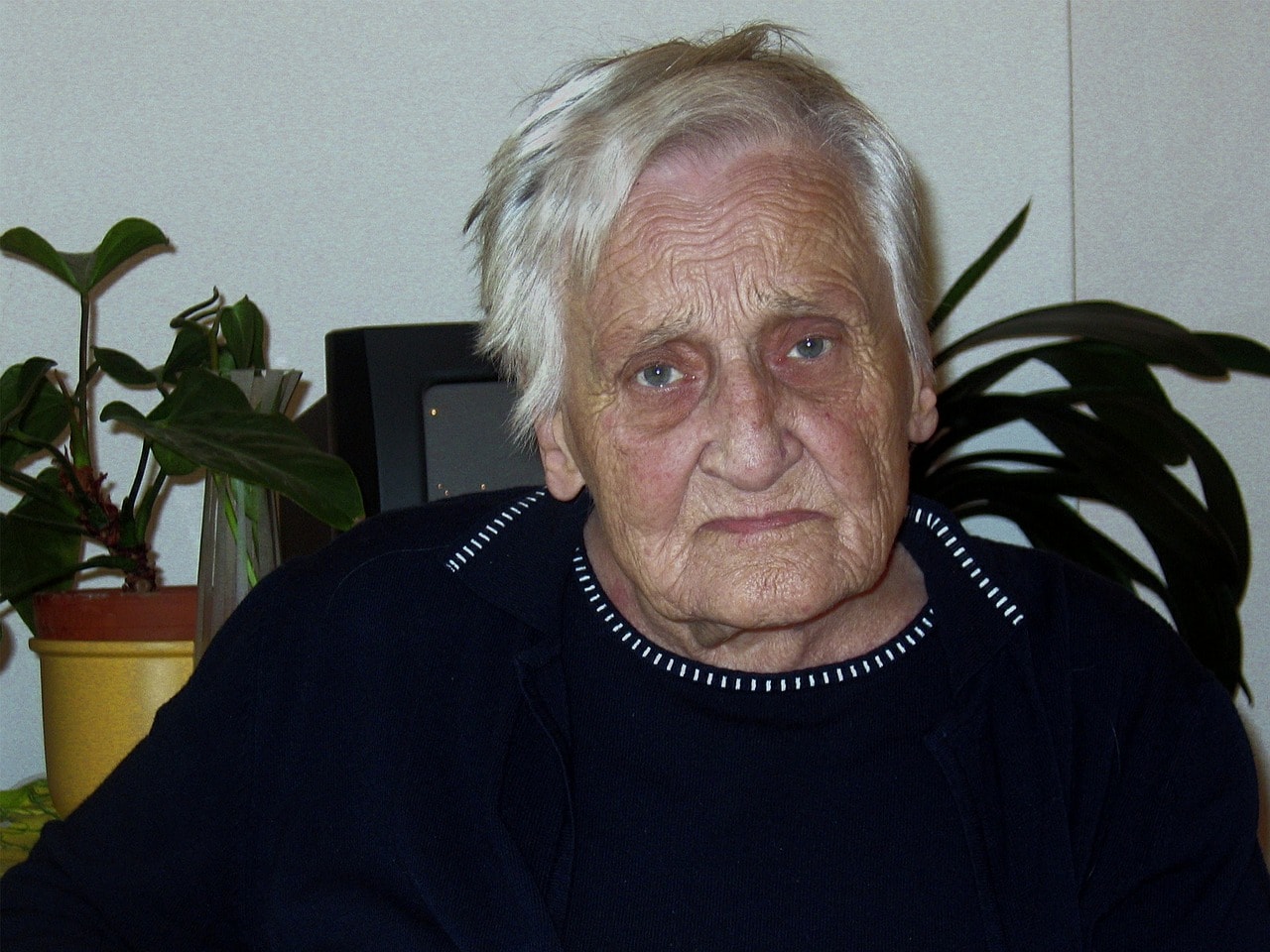Table of Contents
It is common to think about individuals in war-torn countries or people facing extreme poverty when you hear the word malnutrition. But there are often symptoms of malnutrition in the elderly that are not so apparent and have nothing to do with their affluence or physical size.
If you suspect malnutrition in your elderly parent, be on the lookout symptoms like; lack of energy, prolonged sadness, dementia or other memory issues, cracked or dry skin, and slow wound healing.

According to Medical News Today, malnutrition occurs when an individual's diet does not offer sufficient nutrients for optimal health. It often leads to low weight, delayed growth, or wasting.
There is a difference between undernutrition and malnutrition. The former is when someone lacks minerals and vitamins, whereas malnutrition is when an individual gets too little or too many nutrients. Too few nutrients is the most common form of malnutrition in the elderly.
In the USA, malnutrition in the elderly is often hidden. Did you know that one in two elderly individuals are at risk of malnutrition? It is often unrecognized and therefore left untreated.
To put it in a nutshell – malnutrition takes place when your body does not get the right number of calories and nutrients to keep it healthy. It can happen to anyone. However, seniors are particularly at risk due to certain factors that come with age.
What are some of the most prominent contributing factors that can lead to malnutrition? Let's take a look:
The consequences of malnutrition are serious and can be dangerous. Without sufficient nutrition, our bodies will become ill. In turn, our immune systems will become weak, which leads to increased risk of disease.
Malnutrition leads to slower recovery from illness, weight issues, muscle loss, balance difficulty, frailty, disability, falls, and loss of independence.
Often the signs and symptoms of malnutrition in the elderly are subtle and dismissed as part of aging. If you are concerned over your loved one's health, nutrition or weight loss, consult with their primary care physician. You may need to be their patient advocate.

Were you aware that nutritional deficiencies can affect the cognitive status of a person?
Various signs can be detected in a malnourished elderly person. Noting these signs and symptoms can mean the world of difference to your loved one's health.
Below are five common signs of malnutrition in the elderly.
Many elderly folks have yellowish texture to their skin when they become malnourished. Darker-skinned may will have a dull look. In others, their wrinkles will be deep-set.
Malnutrition can have a significant affect on a person's eyes. They may be red or inflamed or their eyes may appear glassy. In some cases, the eyes' tissue may be thicker, or they may experience swelling in their cornea. This can make vision worse.
This area of the body shows clear signs of malnutrition in the elderly. The mouth may become bright red, and canker sores may develop. White patches on their cheeks or tongue are an indication of yeast infection or thrush in the mouth. This is likely to cause pain while eating and can lead to further malnutrition.
While it has not been proven that improved nutrition improves cognition in those who have seen a recent decline, it has been shown that cognition and malnutrition are closely linked. One's cognitive abilities are affected by malnutrition due to a lack of proper food meant to fuel and sustain our brain. Normal activities of daily living seem unimportant and be disregarded without proper nutrition.
With declining nutritional status or malnutrition, the decline in muscular strength and stamina is quite apparent. The nutrients and vitamins are necessary for all life sustaining activity, not just improving activity tolerance or one's ability to stand up from a chair. Improved nutrition will help you and your loved one feel better overall with more energy and vitality. For this reason, eating a balance diet full for nutrient dense food is very important.
Some ways to improve nutritional deficiencies involve making changes to meals and helping your elderly loved one maintain sound eating habits and keep up with a healthy diet. Encouraging fluid intake and avoiding dehydration is also important for nutritional status.
For instance, you can sit down with your loved ones and plan to prepare foods that are nutrient-rich and include various fruits and vegetables, lean meats, whole grains, and fish.
Adding a variety of herbs and spices can make a huge difference in improving the taste of your meals and boost your overall health.
Ask about any concerns you have about your elderly parent's nutritional deficiencies with their doctor. Making a difference in the quality of life your loved one starts by paying attention to malnutrition symptoms and incorporating malnutrition treatment plans.
That's all for today.
Take care, keep mom safe and have a great day!
Winn